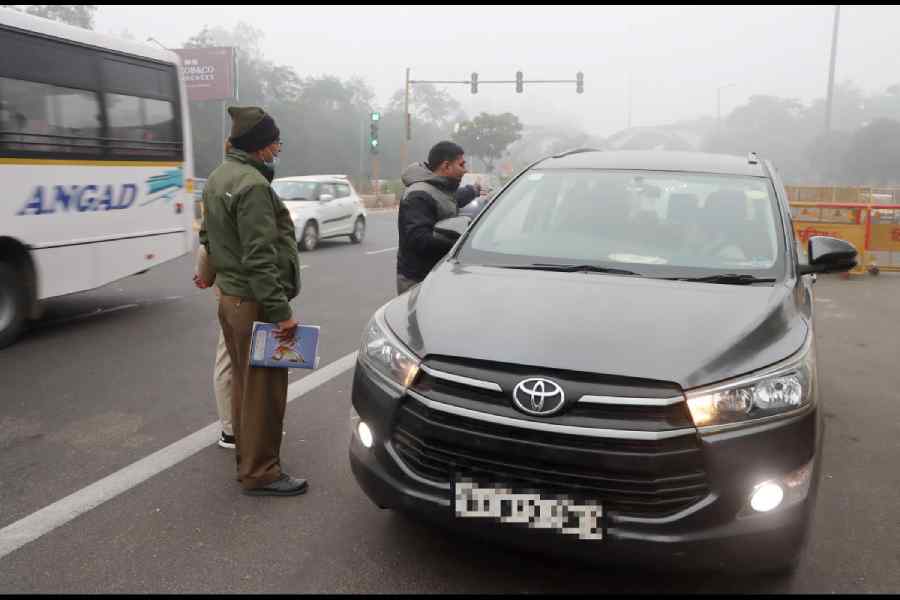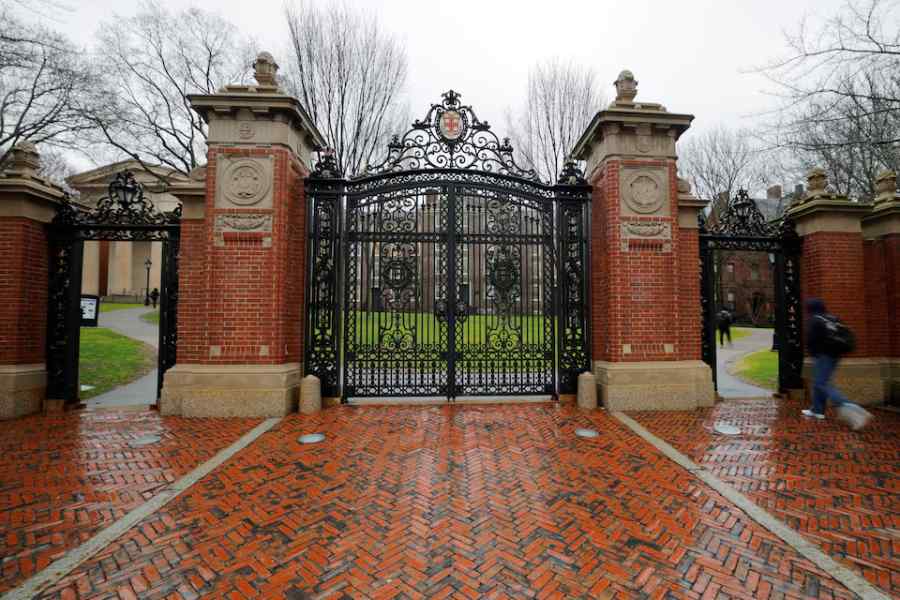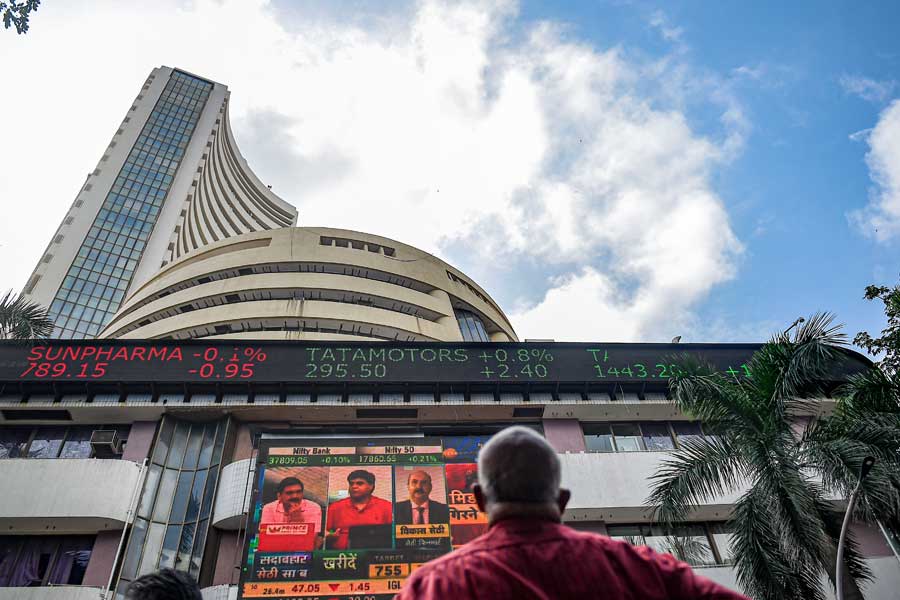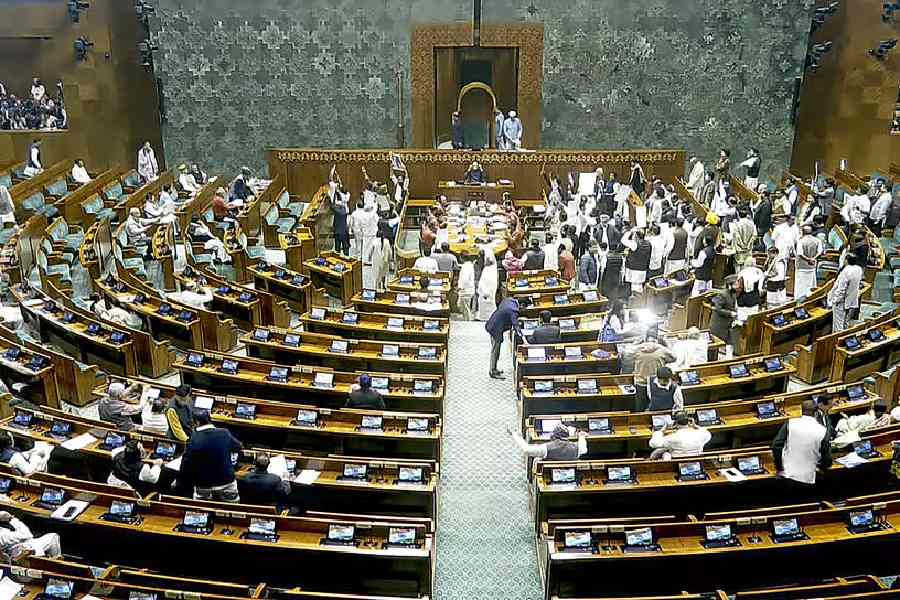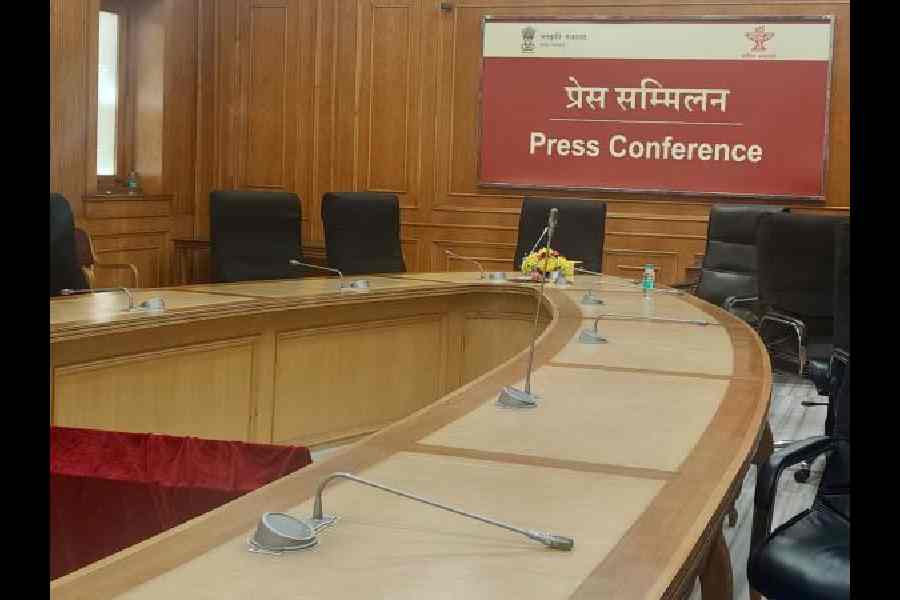 |
Bhubaneswar, Aug. 10: The Regional Museum of Natural History, Bhubaneswar, added two galleries — one on fish biodiversity and the other on the state’s minerals — on the occasion of its 10th foundation day today.
While the fish biodiversity gallery displays 24 preserved marine fish varieties, the gallery on geological wealth showcases some of the major ores found in the state.
The marine fish on display include spotted butter fish, two bearded croaker, quagga sole, butterfly ray, seabream, vermilion seabass, leatherjacket, talag queen fish and zebra shark. These attracted a lot of viewers. Among the minerals and rocks on show, serpentine stone, a source of magnesium and asbestos evoked considerable curiosity.
Inaugurating the two galleries, vice-chancellor of National Law University Odisha, Cuttack, Priyambada Mohanty-Hejmadi, a renowned researcher in zoology and an Odissi danseuse, said: “The fish biodiversity gallery has added a new dimension to the facility, which already has a major collection of faunal biodiversity of east India.”
Mentioning that one of the incarnations of Lord Vishnu is referred to as the “matsya avtaar” (fish incarnation) in the religious scriptures, she said since the rich marine fish biodiversity was not well known, the authorities had put some of the fish available along the 408km coastline of Odisha on display.
Former diplomat, conservationist and author Abasar Beuria, a guest on the occasion, said: “Visiting museums is a major activity in schools, colleges and universities in the West. We have to include this in our education system too.”
On April 7, 2008, Beuria had donated his personal collection of different rocks, fossils, and the world’s largest egg of the extinct elephant bird to the museum. These specimens were collected from Africa and Madagascar by him.
Established on August 10, 2004, the museum started with a temporary exhibition on threatened and endangered animals of India, biodiversity gallery, discovery centre and a mobile exhibition unit to showcase sustainability in village life. Now, it has added several more galleries to its collection.
On August 10, 2006, the museum added the skeletal structure of a male wild elephant and on it’s eighth foundation day, it added the skeleton of a 47.3-feet baleen whale.
The museum’s scientist-in-charge, G.N. Indresha, said: “More articles will be added to the mineral gallery in the near future.”
In May last year, the discovery of a gemstone at a village in Mayurbhanj had attracted people from the neighbouring Jharkhand and Bengal. Lots of people from other districts of the state also rushed to the place.
Several extremely backward districts in west Odisha are home to deposits of the finest precious stones. This has prompted the museum to think of a gallery on the state’s mineral resources. Historians have found that the upper Mahanadi valley was once a rich source of diamonds and gemstones. Sambalpur, referred to as “Sambalaka” in Roman geographer Ptolemy’s book Ancient India, was “the capital of a district that produced the finest diamonds in the world”.
In the ancient times, the business of diamond and precious stones from the upper Mahanadi valley was extended to Java, Sri Lanka, Sumatra, Cambodia, Myanmar and even China.
Museum interpreter Siba Prasad Parida said: “We only know that nearly two per cent of the existing marine diversity are still unknown or lesser known. The new gallery on fish biodiversity will help people, especially students, to understand marine fish biodiversity.”






